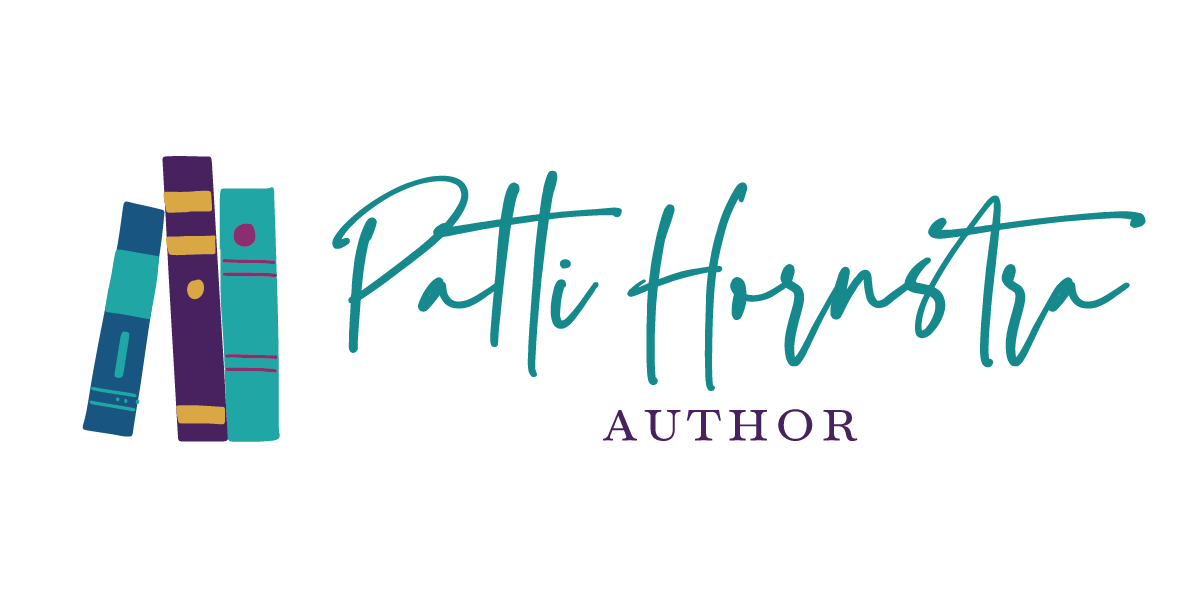What’s in a Name?
Have you ever known someone who legally changed their name? (Changing it for marriage doesn’t count.) I’m talking about someone who didn’t like their name, or maybe it didn’t “fit” them anymore, and so they had it legally changed.
As an adolescent I hated my name; not for any particular reason that I remember, I just hated my name. No, I thought I hated my name. And I had a plan. I was going to change my name the day I was legally able. My new name would be Judith Marie. But I grew up and realized that I didn’t hate my name at all. Patti Lynne “fits” me, and so I stayed Patti Lynne. Even when I got married; I dropped my maiden name and stayed Patti Lynne.
Maiden name—everyone knows that’s what we call the (former) last name of a woman who marries and then takes her husband’s last name as her own. A woman’s maiden name is the last name she had at birth, and her married name is her last name after she becomes married (if she chooses to change her last name). To complicate things even more, some women (not me, see above) drop their middle name, move their maiden name into that spot, and then take their husband’s last name. Lots of moving parts, (right?), and lots of names for names.
Let’s take this name thing down the transgender road. When a transgender person changes their name from the name they were given at birth to their new chosen name, there’s a term used to describe their birth name. That word is Deadname. Deadname is a noun. Deadnaming is a verb: Deadnaming someone is referring to a transgender person by their birth name rather than their chosen name.
When I came up with the title for my book, When He Was Anna, I thought (and still do think) that it describes perfectly what I was trying to convey. When I put myself out there on Instagram I expected some negativity, but it was surprisingly limited to two comments, “Man, that deadname is harsh” followed by another that was something like, “I know, right.” I’ll interpret: the commenters were letting me know that I was harsh (perhaps insensitive) in the use of my child’s Deadname. I thanked them both for their concern, and assured them that my child, Tristan, the one who was named Anna by me and my husband at birth, was quite happy with the title of the book and had no problem with my use of the Deadname.
There’s a part in the book where I harp on the angst that parents go through when choosing the perfect name for their child. To summarize, it’s a gut-wrenching, heart-filled process and is not taken lightly (unless you’re a nutty rockstar and name your child after an inanimate object, but I digress . . .). So, what’s in a name? Or, in my mom-of-a-transgender-child case, what’s in a deadname? Or a better question: could we call it former name? Honestly, that word, deadname, is misery to me. It’s an awful word, it’s pain. It’s a stab right to the heart of this mom.
